PoE vs PoE+ vs PoE++ Switch
PoE, or Power over Ethernet, is a proven time-saving and money-saving technology that delivers data and power safely over the same Ethernet cable for the local area networks (LANs). In the current market, if you notice Power over Ethernet switch types, you will find that there are PoE switches, PoE+ switches, and PoE++ switches. But how much do you know about these three PoE switch types? What are the distinctions between PoE vs PoE+ vs PoE++? And how to make a proper selection among them?
What Is PoE and PoE Switch?
What is PoE? PoE technology was defined by the IEEE 802.3af standard in 2003. Under this standard, the PoE allows a PD (powered device) like VoIP phone to receive up to 12.95W PoE wattage, utilizing just two of the available four twisted pairs in Ethernet cabling.
Then what is a PoE switch? PoE switch refers to an application of PoE technology. Functioning as a kind of PSE (power sourcing equipment), a PoE switch can supply power to PDs via Ethernet cables to realize network connectivity. Generally, an 802.3af switch supports max power consumption of up to 15.4W per PoE port with a voltage range between 44V and 57V. And the voltage range of PDs, connected with the PoE switch, is from 37V to 57V.
What Is PoE+ and PoE+ Switch?
PoE+ technology (IEEE 802.3at standard) is an upgrade of PoE technology, which was published in 2009. PDs in the market tend to require more wattage, like wireless access points that require PoE wattage of more than 12.95W to work normally. To solve that, here comes the PoE plus technology, which can support high power consumption.
Similar to a PoE network switch, the PoE plus switch also supplies power over two pairs, but it adds an additional power class that is able to deliver power up to 25.5W for a PD with a voltage range from 42.5V to 57V. The max power delivered by each port of a PoE+ switch is 30W, along with a voltage range from 50V to 57V.
What Is PoE++ and PoE++ Switch?
In the pursuit of adding more power to broader device applications, the IEEE 802.3 standard once again is required to upgrade its PoE+ technology to PoE++ (IEEE 802.3bt standard) in 2018. PoE++ can be classified into two types: Type 3 and Type 4. Type 3 enables two or all four twisted pairs in a copper cable to deliver power at a PD of up to 51W. Type 4 is up to 71W at a PD over four twisted pairs in an Ethernet cable.
PoE++ network switch is the next generation of PoE+ technology. PoE++ switch supports up to 60 watts of power to each port under Type 3 and offers the highest level of power for Power over Ethernet switches — up to 100W on each PoE port under Type 4.
PoE vs. PoE+ vs. PoE++ Switch: Which to Choose?
As choosing a PoE switch should depend on different requirements, this part offers the information for making the optimal choice of four types of Power over Ethernet switches from two aspects: specifications and applications.
Applications of PoE vs. PoE+ vs. PoE++ Switch
Evidently, the major differences among PoE vs. PoE+ vs. PoE++ switches lie in their working mode and power supply, which reflect in their applications.
An 802.3af switch, aka PoE Type 1 switch, is usually used to support devices that require a power delivery of less than 15.4W:
- Basic VoIP phones operating across the public internet
- Two-antenna wireless access points for small networks
- Stationary security cameras without pan, tilt, and zoom
- Sensors, meters, etc.
PoE+ switch with 30W output can power Type 2 devices, such as:
- IP telephones that offer fax, text messaging, and voice calls
- Wireless access points with six antennas
- Remote-controlled pan, tilt, and zoom (PTZ) surveillance cameras
- Biometric sensors that collect biological characteristics
With a higher power of up to 60W, PoE++ Type 3 switch provides power for:
- Two-way video phone calls in a conferencing system
- Building management devices such as gate or door controllers
- Thin clients connected remotely to a server-based computing environment
- Remote patient monitoring devices
And the PoE++ Type 4 switch can support devices such as laptops and TVs.
PoE switch is a good choice if low-standard power levels are enough for your data center. Otherwise, PoE+ or PoE++ switch is better when a more robust and high-performance network with multiple varied devices is required, without concerning port limitations. They are also wise choices for building infrastructures of higher requirements and upgrade planning. Certainly, you can retain the existing PoE network design if it is adequate and fits your demands.
Conclusion
The growing power requirements make the PoE technology evolve from PoE to PoE+ and to PoE++. The PoE-based switch has also been upgraded from a PoE network switch to a PoE + switch, and to a PoE++ switch. This article sheds light on the differences between PoE vs. PoE+ vs. PoE++ switch as well as their applications. Hope this post will give you some inspiration on choosing a suitable PoE network switch.
Source: community.fs












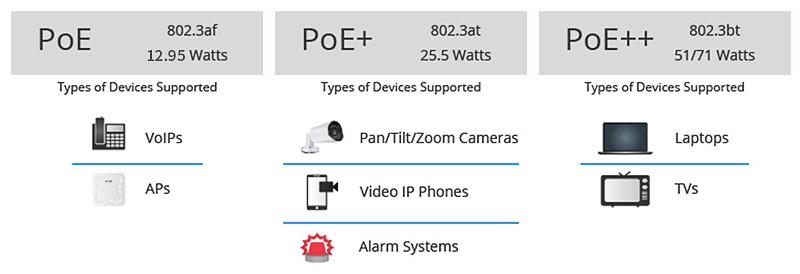
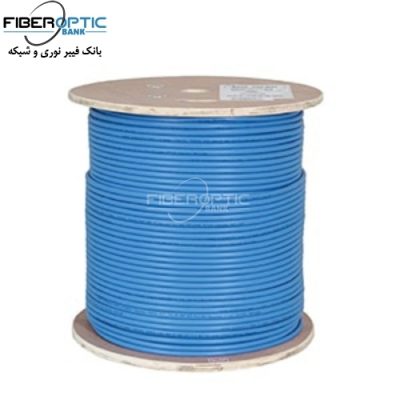
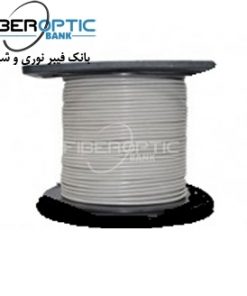
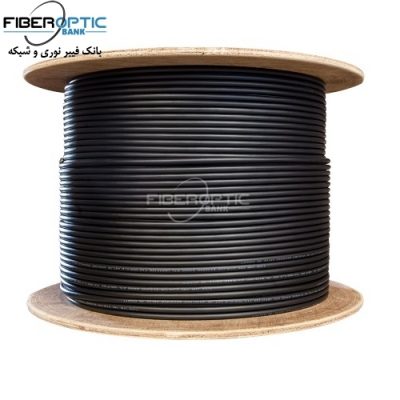
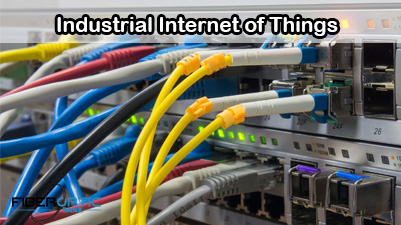

[ratings]